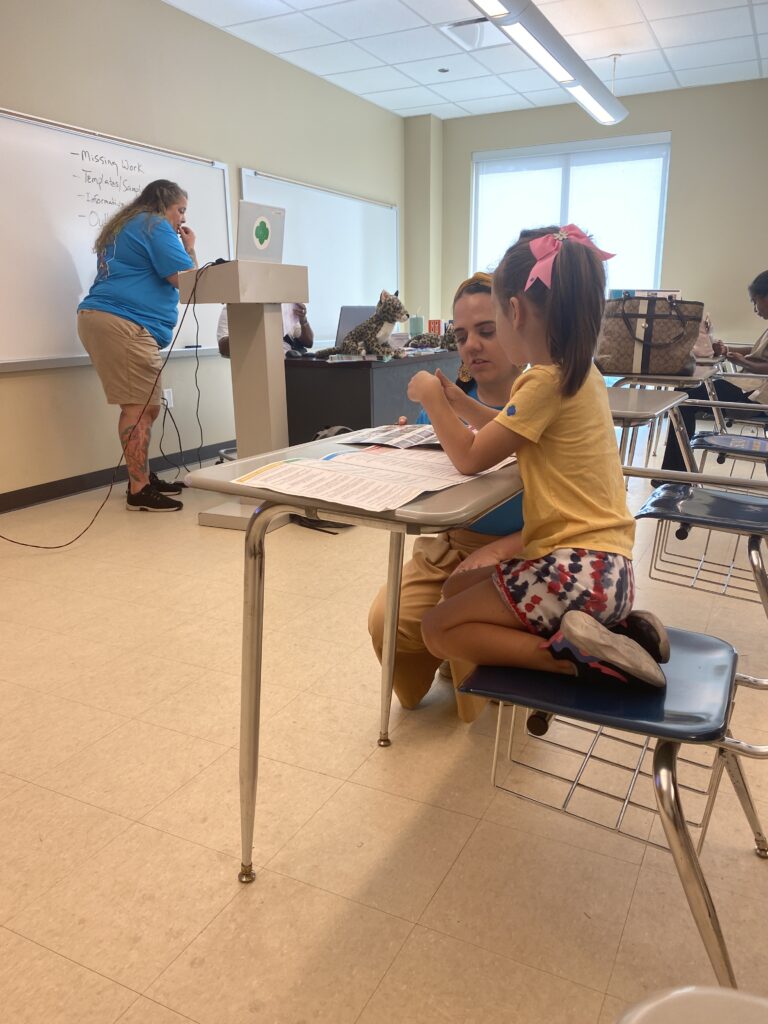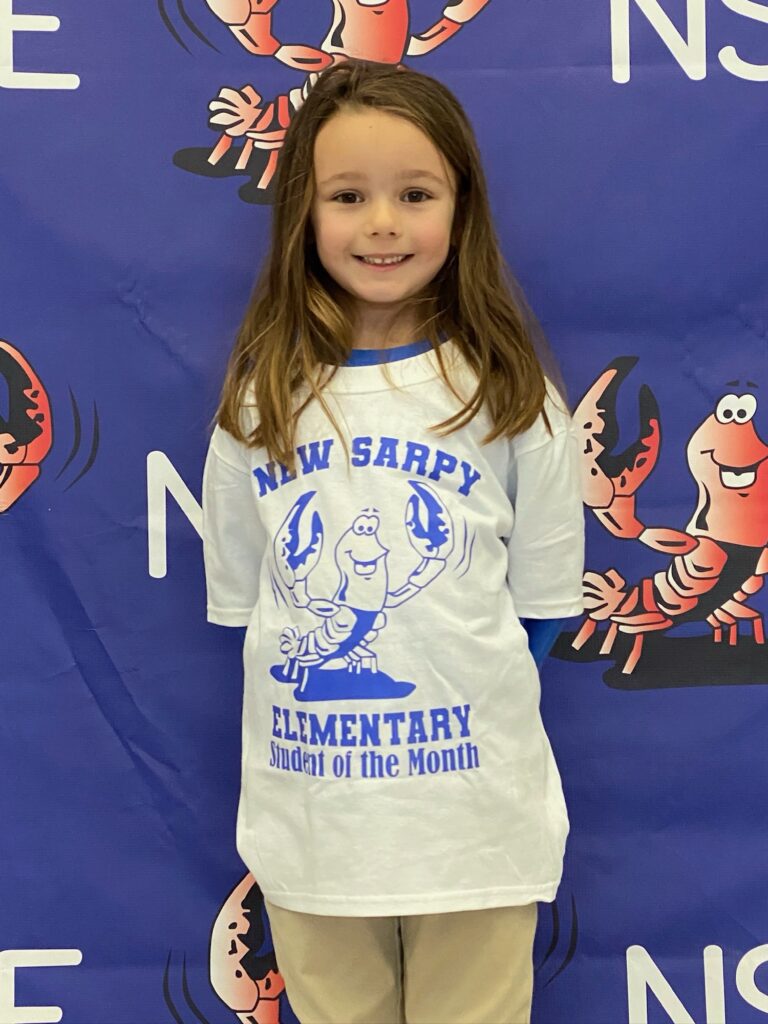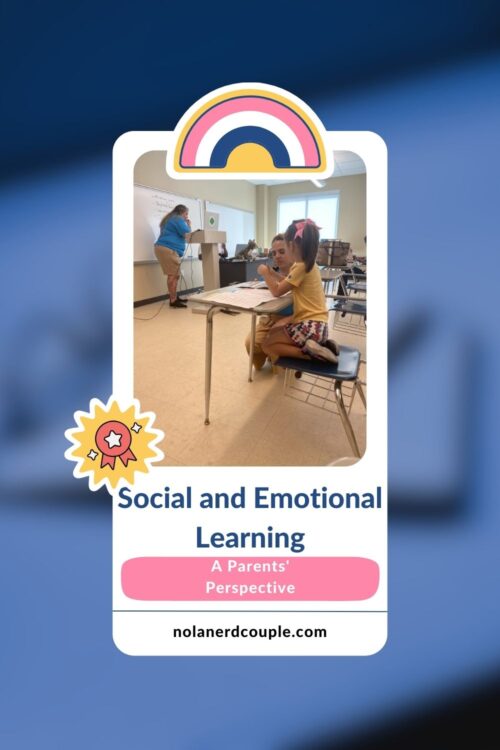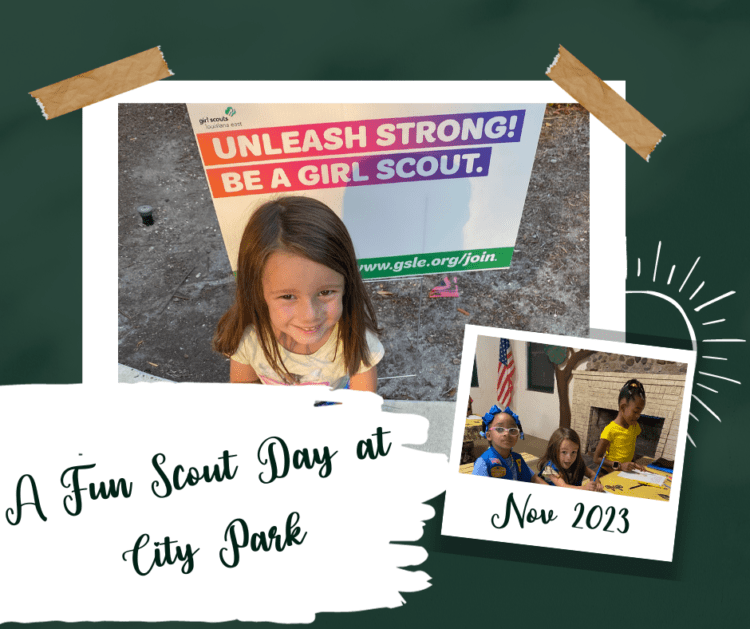The Start of Our Story
At the beginning of the school year, we did what most kindergarten parents do: we visited the teacher. She explained what they would learn this year. My wife and I looked at each other. Our daughter had mastered these concepts. So when the teacher asked us what we would like our daughter’s focus for the year, we both said social and emotional(SEL) learning without hesitation.

Our child’s teacher was taken aback a little. She was thinking about something more academic. We explained that she could read very well, including new words. She masters every concept that MathBlocks could throw at her. Our little one can also apply that learning very quickly.
Our child has always been an excellent learner, both with us and without us. What she always needed to work on was being mindful of others and controlling her emotions.
What is Social and Emotional Learning (SEL for short)
A study from the Yale School of Medicine has confirmed that students participating in Social Emotional Learning (SEL) programs exhibit not only improved academic performance and school engagement but also enhanced social and emotional skills, including self-efficacy and optimism. Additionally, these students reported feeling better overall and experiencing less anxiety, stress, and depression. They showed better relationships with peers and teachers.
As teachers, we know what happens when students don’t learn things like self-regulation and self-efficacy. All kids can learn, but it sometimes takes longer to reach these children because they are dealing with issues that they are not always equipped to handle. We also know it takes a village to raise a child, and we wanted to ask our village for help.
Importance of Mindfulness
Mindfulness is the practice of being fully aware and present in the moment without judgment. This concept, rooted in meditation, teaches us to observe our thoughts and feelings without getting caught up in them.
Mindfulness can be adapted to fit children’s age and understanding. Younger children might practice mindfulness through short, guided listening exercises like focusing on the sound of a bell. Older kids can engage in mindfulness by paying attention to their breathing or noticing different sensations in their bodies during a quiet walk. Simple activities like these help children of all ages learn how to calm their minds, manage their emotions, and respond to the world around them more thoughtfully.
Mindfulness is crucial to social and emotional learning(SEL) as it fosters self-awareness and self-regulation, allowing students to better manage their emotions and reactions. It enhances focus and emotional resilience, helping students tackle challenges calmly and maintain better relationships by understanding and empathizing with others. Additionally, regular mindfulness practice reduces stress and anxiety, contributing to a more positive and productive learning environment.
One of the areas most parents, including us, struggle with is being in the moment. Phones and computers, unfortunately, make it hard for us to unplug. (I’m not anti-screen and will address that in a blog. I advise you to be very mindful of screen time and involved with what is on the screen.) We often have to practice mindfulness ourselves because our littles are always watching.
The Role of Emotional Learning
Emotional learning involves recognizing, understanding, and managing our emotions. By learning these skills, children become better equipped to handle their feelings constructively. This understanding helps them react more positively in different situations, improving their behavior and relationships with others.
For example, a child who understands how to cope with frustration is less likely to act out in anger and more likely to seek help or use calming strategies. Additionally, emotional learning is linked to academic success. When children can manage their emotions, they can focus better in class, handle challenges more effectively, and engage more fully in learning activities. This makes them more likely to succeed in school and beyond.
What worries me is the co-opting of the word “cope” on social media as a negative thing. Trauma is real. Everyone has had to deal with Covid. In our part of the world, we had to deal with displacement that came from Hurricane Ida. A lot of schools in our area, especially the one where we teach, had severe damage. Homes were destroyed. Learning how to cope is a necessary survival skill.
Our Ongoing Social and Emotional Learning Journey

Our little one struggled a lot at the beginning of the year. She would often get marks for causing disruptions, acting out, or not paying attention. It was frustrating for us. We know a lot of it came from being bored. Our, and I believe most people’s, first instinct is to be punitive.
We went the opposite way. If she didn’t get a mark, she would get a smiley face sticker. We made sure to make her understand how to get the smiley face. This is in opposition to not getting a mark. Yes, the difference is slight, but it was working toward an achievable goal instead of being scared to mess up.
The other thing we did was remind her she will never be perfect. We expected her to be flawed. We applauded each victory, and when she got a mark, we reminded her of the streak that she just had and how awesome it was. She has now had month-long streaks.
We were also fortunate to get a great village. At the lowest point, we did ask her teacher if we needed to be stronger (read punitive) with her. The teacher emphatically said no. She was seeing the improvement that we weren’t.
Seeing Improvement
While we are still working on self-regulating big outbursts, we notice they are less frequent and much easier to spot. Recently, we attended The Big Bounce event in New Orleans. When it was time to leave, there was a big, rude outburst, with screaming and tears.
We stayed calm. We matched her big emotions with still ones. Together, we reminded her that screaming won’t work on us. We also—and this is where my wife and I make a great team—told her it is okay to be sad. While screaming is unnecessary, being sad that we left is not only okay, but it is the right thing to feel. She was having the time of her life, but it was time for the older kids.
Not three minutes later, she self-regulated. She would tell us what parts she liked and why she was sad. That is a huge victory.
Yet, there is still so much to do. And we know our situation is not everyone’s.
Learning about SEL
Many people expect us as teachers to know a lot about social and emotional learning. As veterans, we were never exposed to this in college (I went to college in the late 1900s!). We are in the same boat as many parents with this. We recognize it as a real thing, but we need to self-educate.
The above story about our daughter makes it sound like we knew exactly what we were doing. We had no clue. There were lots of discussions about what to do. Some discussions were more heated than others. But we agreed early on that we would need to decide how we would react. We also agreed that our feelings were completely secondary. This is not the easiest thing to do, and sometimes, one of us slips. That’s when the other has to intervene and remind all of us that we are a team.
Here are some resources we use to educate ourselves on social and emotional learning
- Fordham University Social Emotional Resources
- Trying Together Social-Emotional Development: Family Resources
- Social and Emotional Learning: Strategies for Parents
- YouTube playlist: Managing Strong Emotions – Tips for Parents & Families
Join in the Conversation
As we reflect on our journey with social and emotional learning (SEL) as parents, it’s clear how vital these skills are for both academic success and personal well-being. Our experiences, supported by research like the Yale School of Medicine study, highlight the transformative power of SEL.
We invite you to share your own experiences and suggestions in the comments below. How have you integrated SEL into your life or the lives of those around you? Let’s learn from each other and grow together to foster emotional intelligence in our communities.
About The Author
Discover more from NolaNerdCouple.com
Subscribe to get the latest posts sent to your email.



